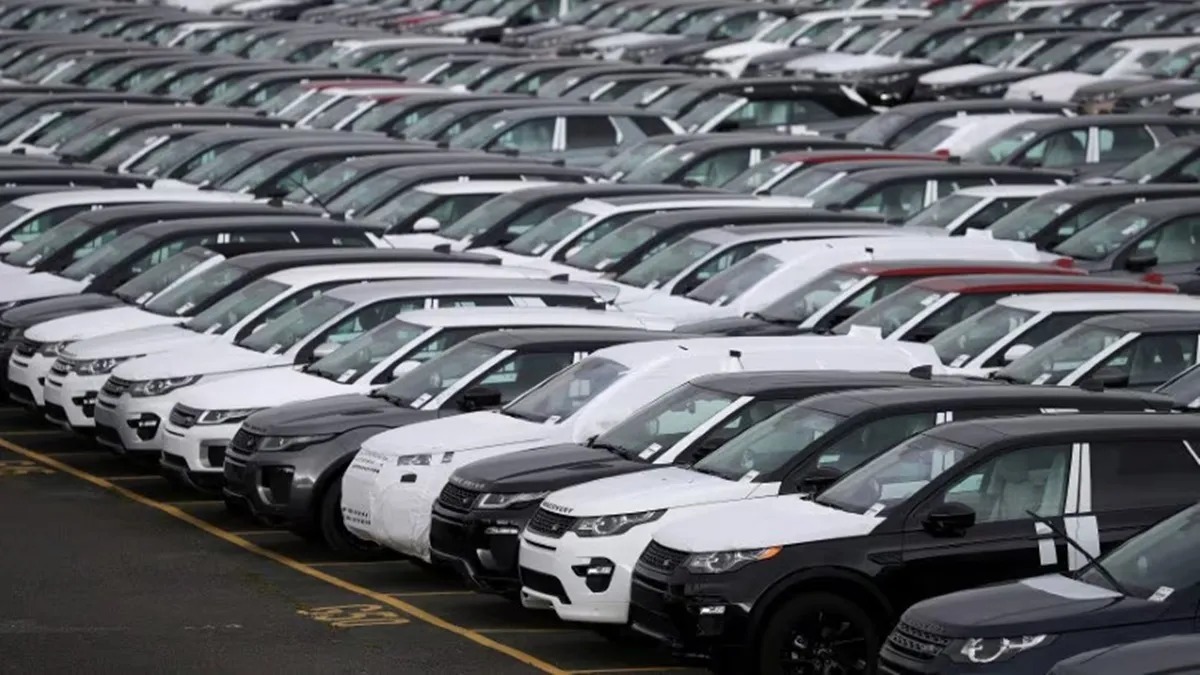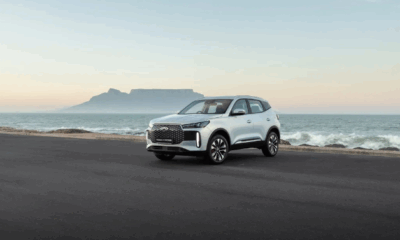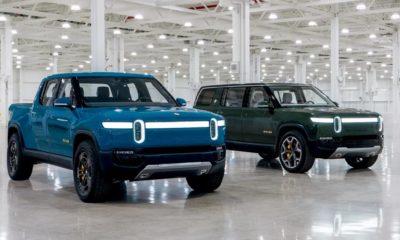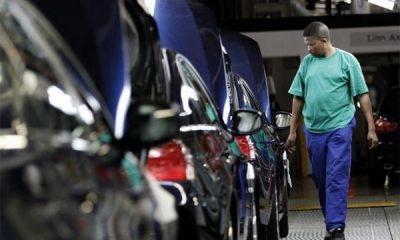Business
SA Auto Industry in 2025: Job Losses, Tariffs, and Trouble Ahead

It’s 2025, and South Africa’s once-bustling car manufacturing scene is under real strain. Facing sluggish domestic demand, mounting imports, and punishing U.S. tariffs, the motor industry is being squeezed hard.
A Harsh Toll: Jobs Gone, Factories Closed
Trade Minister Parks Tau delivered blunt news at a recent auto-parts conference: over the past two years, the sector saw 12 company closures and more than 4,000 job losses, a blow few saw coming.
That pain hits deep. With 115,000 people employed directly and over 80,000 in component manufacturing, job losses rip through households and supplier networks across the country.
Sales Slump vs. Bold 2035 Targets
Back in 2024, South Africa produced just 515,850 locally made vehicles, a serious shortfall compared to the 784,509 target in the Automotive Masterplan 2035.
Even more worrying, 64 percent of cars sold in South Africa are imports, not local products. Meanwhile, localisation rates are stuck at 39 percent, far below the 60 percent goal. That gap isn’t just about pride; it’s about industrial survival.
U.S. Tariffs: A Crushing Additional Blow
Just as the sector struggles at home, U.S. trade policy lands another blow. Since April, a new 30 percent tariff on South African vehicles and parts has hit the export market, worth R28.7 billion ($1.64 billion), hard.
These tariffs have already led to a more than 80 percent drop in auto exports to the U.S., triggering warnings of up to 100 000 job losses across automotive and agriculture from the central bank.
Road to Recovery: Incentives and New Players
Not all hope is lost. The government swiftly expanded incentives to include electric vehicles and related components, aiming to spark local manufacturing.
Meanwhile, Stellantis and Chinese automaker Chery are exploring local production. Stellantis has already discussed building operations in the Eastern Cape, offering a sliver of optimism amid the crisis.
Beyond the Shocks: What This Means for South Africa
On the ground, be it in Tshwane, Durban, or Gqeberha, this isn’t abstract data. These numbers mean families losing wages, small towns losing suppliers, and communities losing hope.
But it also brings clarity: the 2035 60 percent localisation goal isn’t a bureaucratic slogan; it’s existential. As Tau put it, just a 5 percent rise in local content could unlock R30 billion in procurement, dwarfing current export revenues.
Industrialists, unions, and policymakers are increasingly vocal. Are we entering a turning point where electric vehicles, new investments, and repositioned incentives can help the industry colonise hope, and not just imports?
Yes, the figures are grim. But this moment could also serve as a pivot. If South Africa can roll back reliance on imports, boost local content, and retool for EVs, the auto industry might find a second wind. But the clock is ticking, and every new month brings both risk and opportunity.
Also read: From Dream Car to Courtroom Drama: Gauteng Man’s R1.6 Million BMW Nightmare
Follow Joburg ETC on Facebook, Twitter, TikTok and Instagram
For more News in Johannesburg, visit joburgetc.com
Source: CNBC Africa
Featured Image: The Financial Express

























